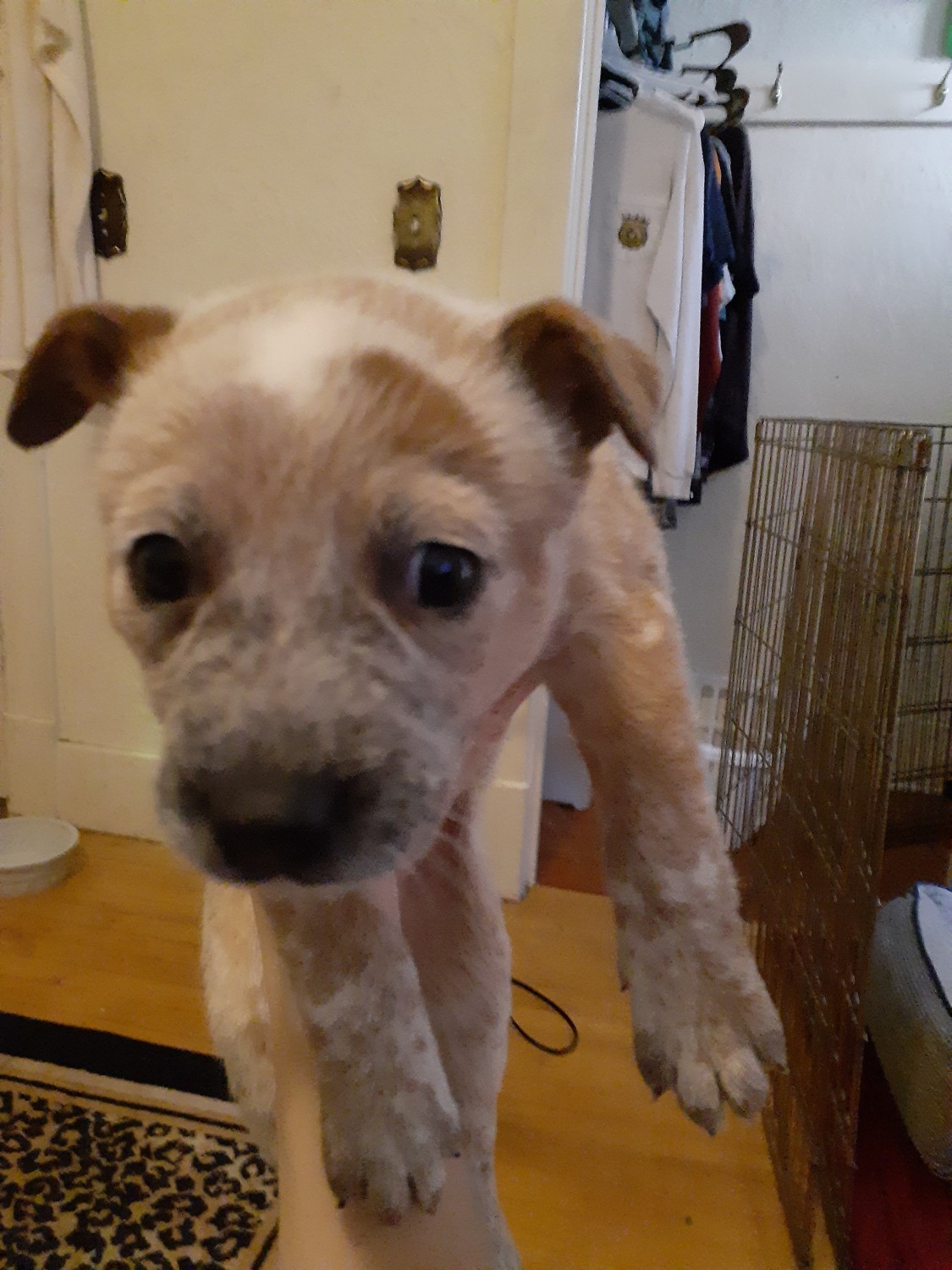
Look for reviews from previous owners you want to mainly look out for forum posts of owners who ended up with Red Heeler pups that ended up having medical issues as they turned into adult dogs. The internet is wondrous, I mean - hello, you’re reading this article on the internet right now!Ī quick Google of a breeder’s name or their stud dog’s registered name will likely yield plenty of results that will give you an idea of their reputation. Quite the opposite, they’ll be pleased that a responsible dog owner has walked through their door, and it will mean that they trust you with their precious bundles of fluff all the more! 4. Many puppy mills operate by pretending to be wholesome family breeders, and no reputable breeder will be offended by you asking to double check. When arriving at the breeder, by all means - go straight in for coffee and chat, but you absolutely must ask for a tour of their entire facility. Now that you’ve found your breeder, or shortlisted a couple of possibilities - it’s critical to do a home check to make sure that their dogs appear happy and healthy. You can usually tell a lot about someone just from speaking to them, and if one breeder stands out heads and tails above the rest in terms of enthusiasm, and is asking you questions too - you’ve probably just found your winner! 3. Once you have a few phone numbers of breeders, chat with each one and ask questions about whether their dogs have passed health checks, or if they have stayed in touch with owners of previous litters. And hey, even if you don’t know anyone, a quick visit to the local dog park can give you some promising leads! 2. If you happen to have a friend who just welcomed home their very own Red Heeler puppy, ask where they got it, and if they would recommend the breeder.

Heeler’s - It’s time to start looking for a reputable breeder! So, what do you need to check to make sure that this is the breeder to buy from? 1. Now that you know that your activity levels line up with Mr. He bred them back to registered Australian Cattle Dogs - and thus developing the Red Heeler that ranked 54th in popularity in the USA as of 2016. And after striking up a friendship with Jack Woolsey - a fellow veterinarian based in Santa Rosa, California - Woolsey brought some of McNiven’s “Improved Dogs” into the United States. He was deceitful in his ways of trying to register his dogs as purebred Australian Cattle Dogs and was therefore expelled from the Royal Agricultural Society Kennel Club in Australia and had all of his dogs stricken from the registry. McNiven had experimented with his breeding program, using not only Border Collies, and Dingos - but adding Kelpie, German Shepherd, and Kangaroo Hound into the mix. When Did They Become Popular in The USA?Įven though the Red Heeler has been around for quite some time, the breed didn’t begin to see a popularity rise in the USA until the 1950’s when Australian vet Alan McNiven having caused quite the controversy in his home nation - exported some dogs to the USA.

For that reason, many farmers employ guardian animals - such as the Maremma Sheepdog, Donkeys and Llamas to scare away dingos who are on the lookout for a meal. This canine is in fact not a true dog breed and is considered the exact opposite of man's best friend - a terrible pest.Ī Dingo’s diet is made up of everything from insects, to cattle, and they often get in lots of trouble in Australia for eating farmer’s animals. The Dingo is a wild dog native to Australia evidence suggests that he has never been entirely domesticated, although there are some instances of Dingoes being tamed - hence the Red Heeler coming into existence in the first place!


 0 kommentar(er)
0 kommentar(er)
